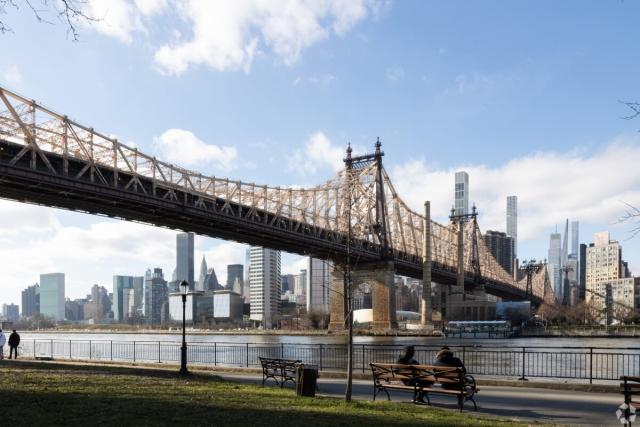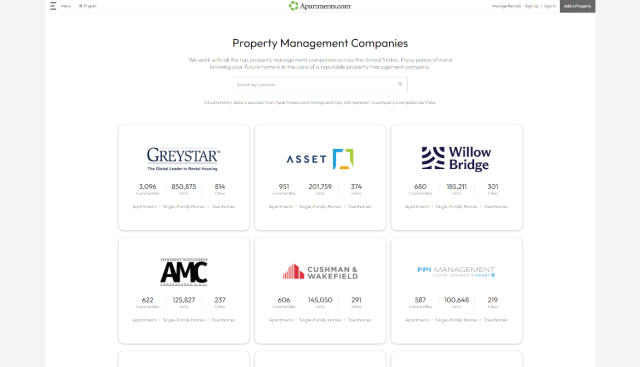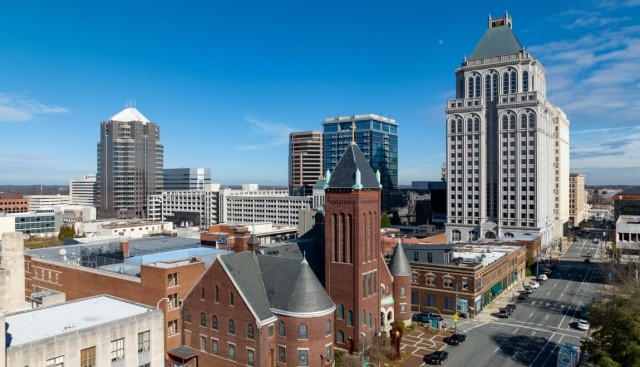What’s It Like to Live in Queens?
Queens, New York, is a melting pot of cultures, cuisines, and communities, perfect for those who want to live in a quieter area of the Big Apple. As one of the most diverse boroughs in New York City, Queens boasts a vibrant atmosphere that makes it an exciting place to call home. Whether you’re a foodie, an art enthusiast, or an outdoor adventurer, Queens has something for you.
Facts to Know About Queens
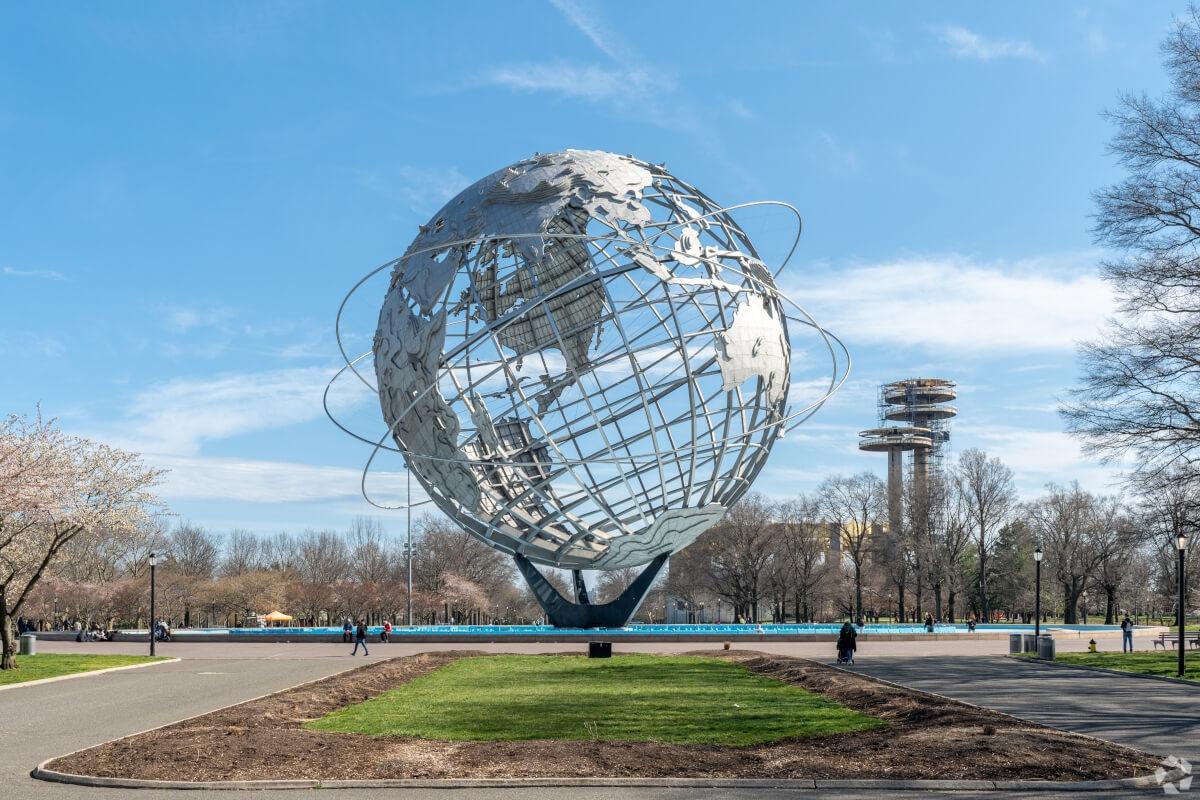
Founded in 1683, Queens was one of the original 12 counties of New York and was named to honor Queen Catherine of Braganza, queen consort to King Charles II of England. Queens is the largest of New York City’s five boroughs.
- Population: About 2.4 million residents, according to the 2020 U.S. Census. It is the second-most populous borough in NYC, behind Brooklyn.
- Special landmarks: The Unisphere in Flushing Meadows Corona Park, Queensboro Bridge, Forest Hills Stadium, JFK Airport, LaGuardia Airport.
- Historic implications: In the 19th century, Queens began to transform from a rural area into a developed city after the opening of the Queensboro Bridge in 1909 connected Queens to Manhattan. As a result, an influx of people moved to Queens in the 20th century, putting the borough on the map.
- Universities: Queens College, St. John’s University, LaGuardia Community College, and Queensborough Community College are all located in Queens.
The Pros and Cons of Living in Queens, NY
Pro: Getting to Manhattan is easy
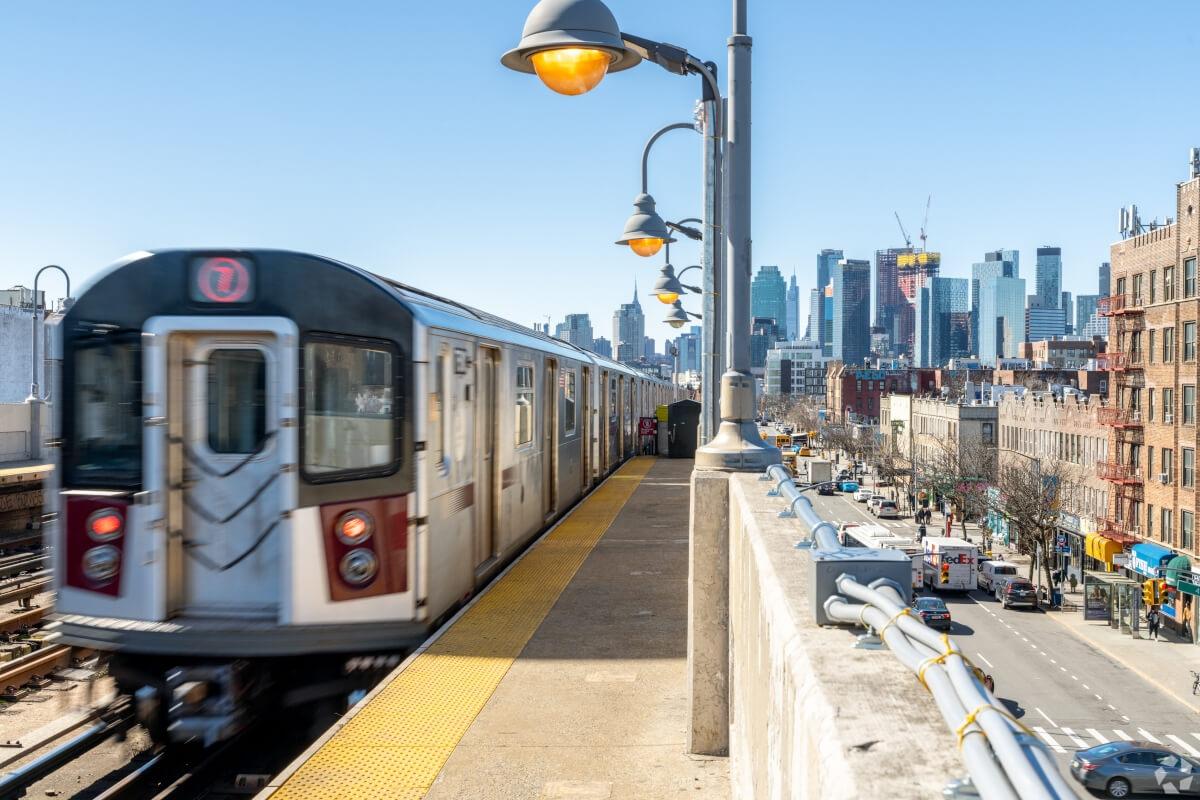
Like the rest of New York City, Queens is very walkable and has many light rail stations. Nine different MTA subway lines connect Queens to Manhattan, making commuting easy for Queens residents who work in the heart of the city.
Con: Extent of public transportation
While Queens has numerous MTA bus routes running throughout the borough, subway lines across Queens are minimal. The nine subway lines with stations in Queens don’t provide much connectivity throughout the borough and don’t extend to Northeast Queens and Southeast Queens.
Public transportation in Queens is great for getting to and from Manhattan, but getting around the borough may require a car. One resident said, “The downside is there isn’t as much accessibility to public transportation in comparison to Brooklyn and other boroughs.”
Pro: Diverse population
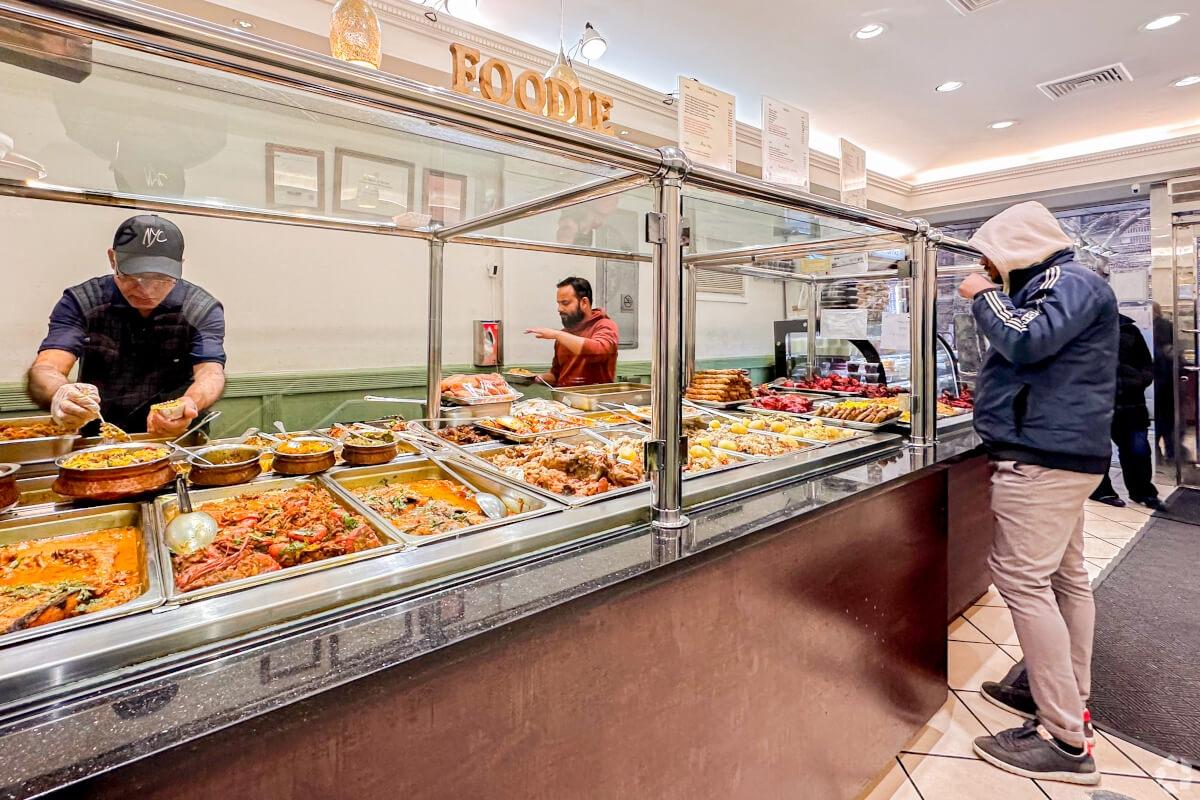
According to New York State, Queens is one of the most diverse urban areas in the world. One resident said, “The variation and diversity is what makes me proud to live in a county like Queens.”
Residents also say that the diversity creates a sense of community that brings everyone together regardless of background. Another resident said, “So many people from various backgrounds come together and make this place their home.”
With a diverse population comes endless dining options! Queens’ restaurants are as varied as its population, and residents love exploring the world through food.
A resident said, “The food options in Queens are incredible; you can find cuisines from all over the world.”
Con: Clutter
Residents say that the amount of trash around the borough is frustrating and makes the place they call home look and smell bad. Queens residents love their city, but they want it to be cleaner.
One resident offered solutions to make Queens more beautiful: “Some improvements include better cleaning of the walkways, the addition of more plants, and a reduction in the amount of trash on the ground.”
Pro: Great neighborhoods
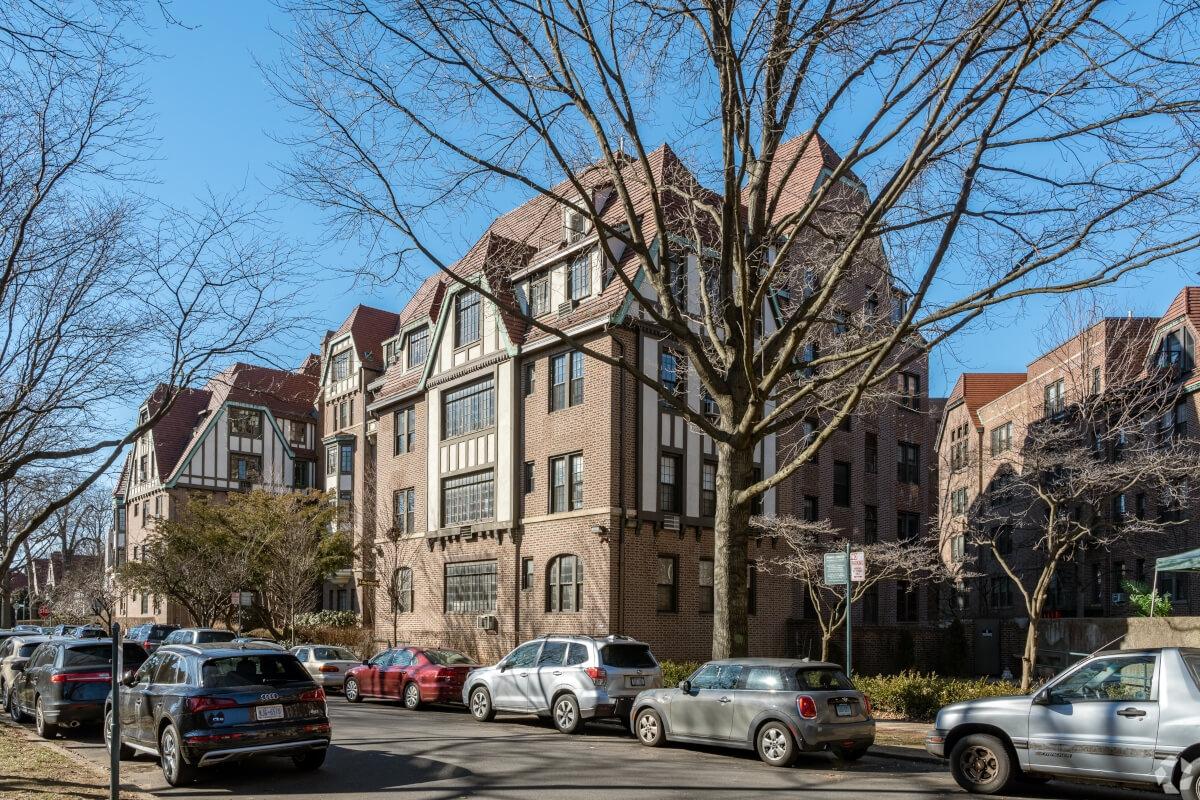
Queens neighborhoods are known for unique, historic architecture and quiet, walkable streets. Places to live in Queens offer small-town community with proximity to Manhattan.
Three popular neighborhoods in Queens are:
- Long Island City: A trendy commercial neighborhood along the East River.
- Forest Hills: A historic neighborhood filled with colonial and Tudor architecture.
- Kew Gardens: A hidden gem filled with pre-war buildings and local businesses.
Con: Limited nightlife
If you like to party, Queens may not be for you.
Residents of Queens enjoy living in a quieter area, but that comes at the cost of nightlife. Queens has pubs and cocktail bars perfect for a low-key night out, but you’ll have to hop on a train to Midtown Manhattan or Hudson Yards in Manhattan for great nightclubs.
One resident said the sacrifice is worth it: “Although it may be lacking in some areas such as nightlife, I believe the trade-off for that is quieter/calmer neighborhoods.”
Pro: Great schools

Queens has great public school districts. GreatSchools ranks 114 out of 349 public district schools in Queens above 7/10, with ratings considering academic progress, test scores, and equity.
Niche.com ranks all public school districts in Queens in the top 25% of most diverse school districts in New York State. Students in Queens grow up learning about other cultures, creating a more harmonious community.
Residents of Queens notice how public schools stand out. One resident said, “Our public education systems are exceptional in multiple aspects.”
Things to Do in Queens

Queens offers residents the excitement of living in the Big Apple in a quieter, more affordable area of New York. Regardless of what you’re looking for, Queens has something for you.
- Outdoor activities: Take a walk through Flushing Meadows Corona Park, the site of two World Fairs. The park hosts frequent community events and open sports sessions.
- Cultural attractions: Catch a baseball game at Citi Field, home of the New York Mets. See a show at Forest Hills Stadium, a historic outdoor music venue that has hosted acts like Frank Sinatra, the Rolling Stones, and Dolly Parton. Visit the Queens Museum to learn about the borough’s rich history.
- Dining: Queens’ diversity makes it a foodie’s dream! Around every corner is a locally owned restaurant serving a different type of cuisine, so there’s always something new for residents to try. No single cuisine summarizes Queens’ food scene, but Italian, Greek, and Caribbean restaurants are particularly popular.
Ready to make the move?
If Queens has caught your eye, take the next step with Apartments.com! Use our customizable filters to narrow your search by price, amenities, and floor plan.
Wherever you are and wherever you’re going, Apartments.com has the tools to help you find the perfect place.
This article was originally published on November 4, 2024, and has been updated to reflect apartment rent and cost of living data as of December 2025.
FAQs
Is Queens a good place to live?
Queens is a great place to live for those searching for cultural diversity, convenient transportation, and friendly neighborhoods. Residents enjoy the peaceful atmosphere with easy access to Manhattan, making Queens perfect for commuters.
What salary do you need to live in Queens?
According to our cost of living data, a comfortable salary for a single adult with no dependents to cover housing, utilities, groceries, and goods and services in Queens would be around $127,000 before tax.


